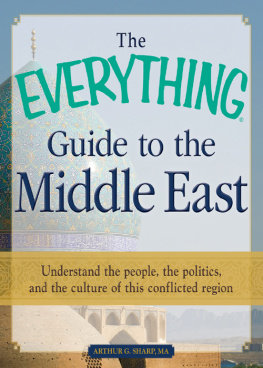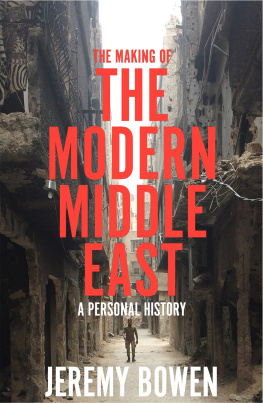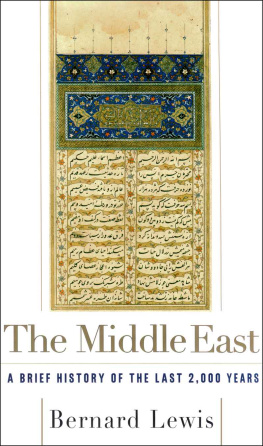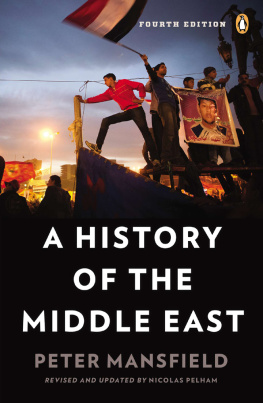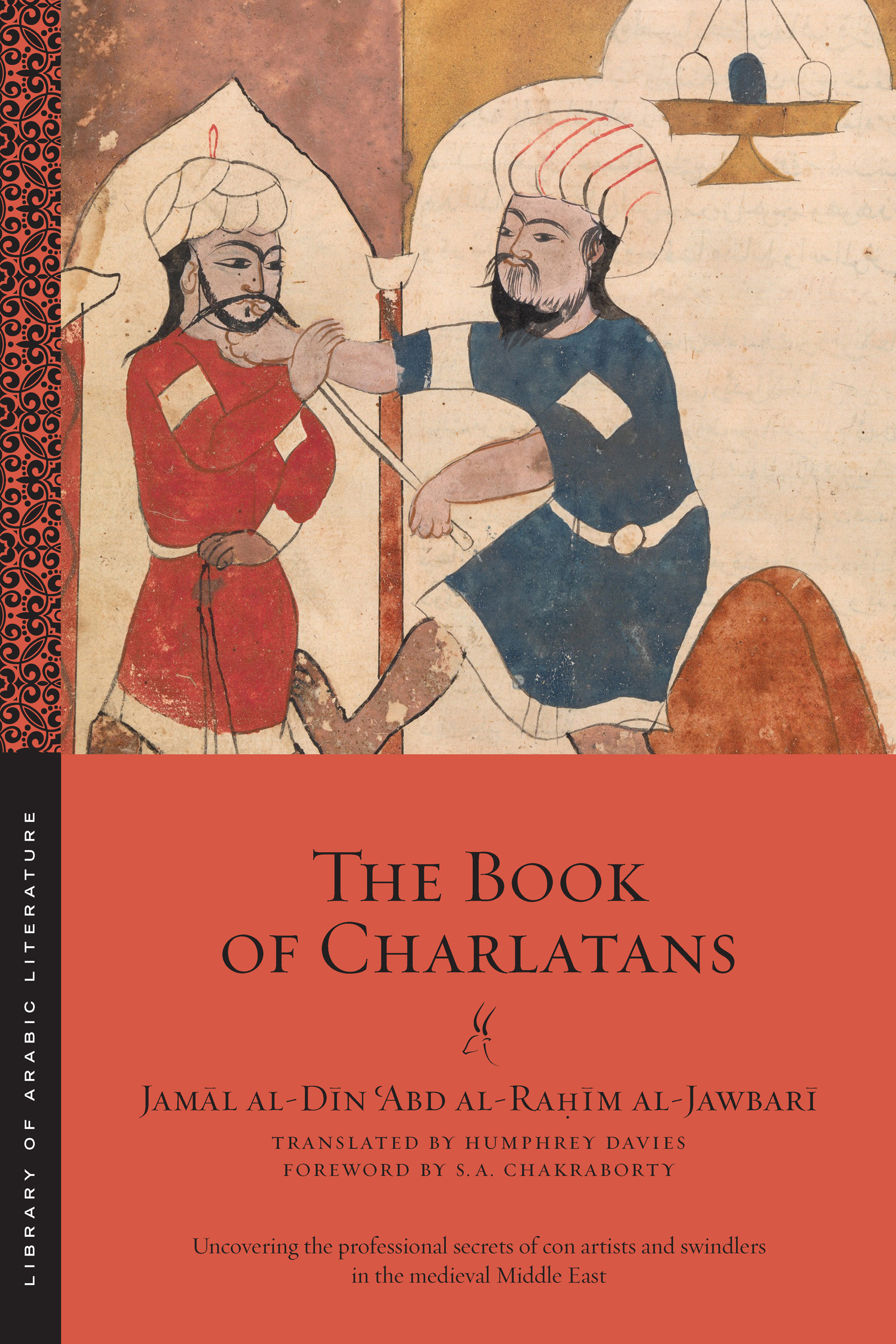Contents
Guide
Pagebreaks of the print version
LIBRARY OF ARABIC LITERATURE
GENERAL EDITOR
Philip F. Kennedy, New York University
EXECUTIVE EDITORS
James E. Montgomery, University of Cambridge
Shawkat M. Toorawa, Yale University
EDITORIAL DIRECTOR
Chip Rossetti
ASSISTANT EDITOR
Lucie Taylor
EDITORS
Sean Anthony, The Ohio State University
Huda Fakhreddine, University of Pennsylvania
Lara Harb, Princeton University
Maya Kesrouany, New York University Abu Dhabi
Enass Khansa, American University of Beirut
Bilal Orfali, American University of Beirut
Maurice Pomerantz, New York University Abu Dhabi
Mohammed Rustom, Carleton University
CONSULTING EDITORS
Julia Bray Michael Cooperson Joseph E. Lowry
Tahera Qutbuddin Devin J. Stewart
DIGITAL PRODUCTION MANAGER
Stuart Brown
PAPERBACK DESIGNER
Nicole Hayward
FELLOWSHIP PROGRAM COORDINATOR
Amani Al-Zoubi
LETTER FROM THE GENERAL EDITOR

The Library of Arabic Literature makes available Arabic editions and English translations of significant works of Arabic literature, with an emphasis on the seventh to nineteenth centuries. The Library of Arabic Literature thus includes texts from the pre-Islamic era to the cusp of the modern period, and encompasses a wide range of genres, including poetry, poetics, fiction, religion, philosophy, law, science, travel writing, history, and historiography.
Books in the series are edited and translated by internationally recognized scholars. They are published in parallel-text and English-only editions in both print and electronic formats. PDFs of Arabic editions are available for free download. The Library of Arabic Literature also publishes distinct scholarly editions with critical apparatus and a separate Arabic-only series aimed at young readers.
The Library encourages scholars to produce authoritative Arabic editions, accompanied by modern, lucid English translations, with the ultimate goal of introducing Arabics rich literary heritage to a general audience of readers as well as to scholars and students.
The publications of the Library of Arabic Literature are generously supported by Tamkeen under the NYU Abu Dhabi Research Institute Award G1003 and are published by NYU Press.
Philip F. Kennedy
General Editor, Library of Arabic Literature
ABOUT THIS PAPERBACK
This paperback edition differs in a few respects from its dual-language hardcover predecessor. Because of the compact trim size the pagination has changed. Material that referred to the Arabic edition has been updated to reflect the English-only format, and other material has been corrected and updated where appropriate. For information about the Arabic edition on which this English translation is based and about how the LAL Arabic text was established, readers are referred to the hardcover.
THE BOOK OF CHARLATANS
BY
JAML AL-DN
ABD AL-RAM AL-JAWBAR

TRANSLATED BY
HUMPHREY DAVIES
FOREWORD BY
S. A. CHAKRABORTY
VOLUME EDITOR
MAURICE A. POMERANTZ

NEW YORK UNIVERSITY PRESS
New York
Copyright 2021 by New York University
All rights reserved
Library of Congress Cataloging-in-Publication Control Number: 2021057246
Series design and composition by Nicole Hayward
Typeset in Adobe Text
Manufactured in the United States of America
10 9 8 7 6 5 4 3 2 1
CONTENTS
- THE BOOK OF CHARLATANS
FOREWORD
S. A. CHAKRABORTY
In the city of arrn in the year 613 [121617], there occurred a most extraordinary scene.
It was a Friday, the Muslim day of communal prayer, and the citys mosques were packed with the faithful, completing their ablutions and rolling out prayer mats. But one of those faithful was not like the rest. He was an ape, dressed in the clothing of princes and perfumed like royalty, riding upon a mule in a saddle of finely worked gold. Indian slaves escorted him, carrying his prayer mat and shoes as the creature made his way down the street and into the mosque, performing his ablutions and then greeting the mosque by performing the customary salutation prayer, before busying himself with prayer beads, the very picture of piety.
But if the sight of the ape was enough to render worshippers speechless, the story his slaves spun was even more astonishing. According to them, the ape was not truly an apehe was a prince from one of the richest kingdoms of India, his beastly appearance the result of a jealous wifes curse. As the ape prince wept tears like rain, a handkerchief pressed to his eyes, his loyal servants continued his tragic account, telling the growing crowd how handsome and devout the young man had once been. They related how his wife was now holding his life in ransom, swearing not to reverse the curse until she was paid a handsome amount of gold. And what good fortune, for the assembled kings of India had nearly gathered the hefty sumthey just needed a little bit more: money the good people of arrn could offer in return for blessings on such a holy day.
The scam worked, the prince and his companions collecting a tidy fortune and then presumably vanishing. But they werent the only travelers to arrnand their trick hadnt worked on everyone. Watching from the sidelines was a self-proclaimed, self-taught scholar from Damascus, an explorer and seemingly quite the veteran of cons himself: Jaml al-Dn Abd al-Ram ibn Umar ibn Ab Bakr al-Dimashq, known as al-Jawbar.
Al-Jawbar would later recount the tale of the well-trained ape among dozens of othersin a book he claimed he was pressured to write by a Turkmen ruler. The text must have been popular, considering the number of copies that have survived into the modern era. And its popularity shouldnt be surprisingthe book is incredibly entertaining, told by a natural storyteller whose tales of lecherous highwaymen, knockout drugs delivered via sweaty armpits, and the best way to construct a fire-breathing, booby-trapped snake would captivate a modern audience as surely as they did his medieval ones.
While no one enjoys being swindled, people have long devoured tales of con artists and their schemes. From ancient tricksters such as Anansi and Loki, to their medieval counterparts Scheherazade and Robin Hood, to the blockbuster heists that dominate summer movie theaters, there is a peculiar thrill in following the transgressionscriminal or otherwiseof shrewd, audacious men and women. Indeed, it is impossible to read al-Jawbars text and not notice how cleverly he skewers many of the magical tropes of contemporary fantasy tales such as The Thousand and One Nights and Tales of the Marvelous and News of the Strange, pulling back the curtain to examine how one might manufacture an ancient treasure map, make a severed head appear to speak, and disable the sword-bearing automatons known to guard jewel-stuffed tombs. Al-Jawbar takes clear delight in his knowledgehe boasts throughout that there is hardly a book he hasnt read and that the astonishingly comprehensive list of tricks he shares is but a mere fraction of what he knows.


